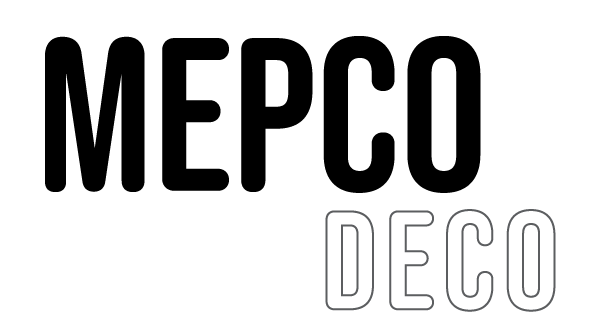Innovative Printing Company
When you have a complex printing process with multiple designs and colors or unique product packaging that cannot be decorated with standard machinery, MEPCO’s experience and results-driven team can help you find a solution. Through experimentation we’ve found solutions to projects that others have said cannot be done. Using a mix of fully automated and semi-automatic processes to achieve the best results for your specific project.
We bring life to your containers
We bring life to your containers
Labeling
Labels are one of the easiest ways to convey lots of precise information on a package or container. Labels convey important product details and industry regulations in a manner that is consistent with the company’s visual identity. Labels have been widely used since the commercialized production of paper and labeling remains a staple in the printing industry today.
hot stamping
The hot stamping printing method begins with a design (logo, text, and/or imagery) that is engraved onto a metal or silicone rubber surface referred to as the “hot stamping die” in the printing industry. Next, a foil color is selected, the most popular being metallics. Although there are many foil colors to pick from, the hot stamping method generally works best with only one color in the design.
Silkscreening
Silk screening is the most popular method of printing in the industry. Screen printing allows companies to create large designs on flat or cylindrical surfaces of product containers. Silk screening provides the ability to automate or semi-automate the decorating process in high volume at affordable rates, making it appealing for large companies across all industries.
Pad printing
Pad Printing as we know it today is one of the newer printing technologies. It was born from the need to commercialize printing on uniquely or specialty shaped items and supported by the mass production of silicone for industrial use. Unlike traditional printing processes, pad printing allows designers and engineers to place text and imagery on virtually any surface - from flat to spherical and concave to convex. Pad printing can even achieve accurate results on textured (uneven) surfaces - something no other printing process is able to achieve.
